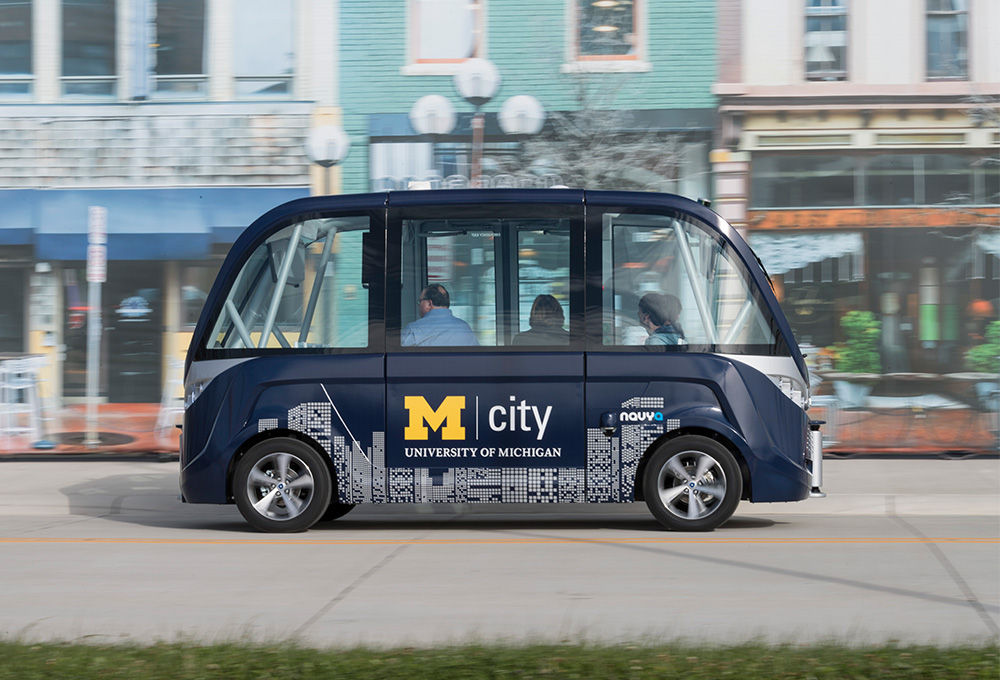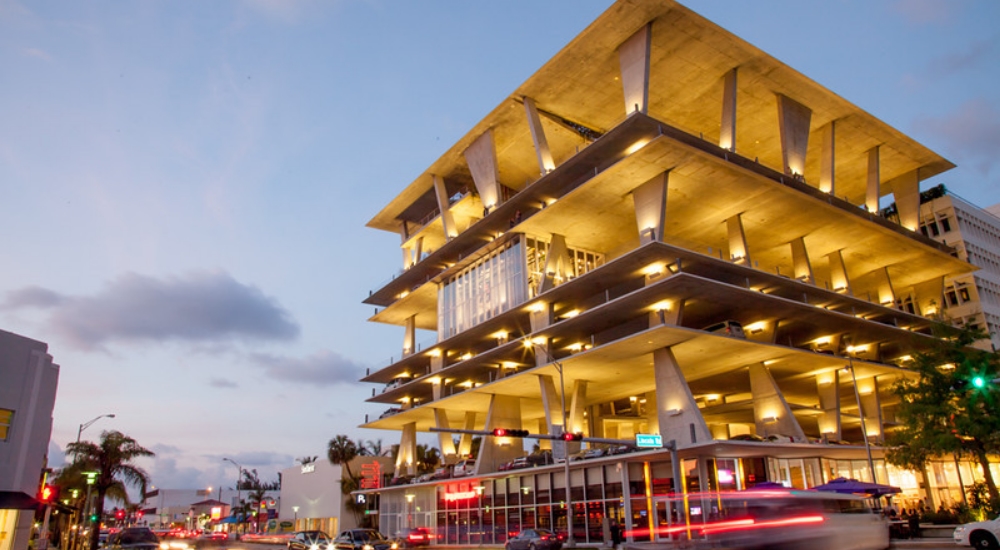4 Big Trends That Will Shape CRE: A Futurist’s Guide
Start thinking now about how these emerging developments in technology and society could affect your business, SunTrust's top commercial real estate banker advises.
By Kathleen Farrell
 Volvo’s surprise announcement that it will phase out the internal combustion engine by 2019 should be a wake-up call across industries that disruptive technology is already impacting short-term business planning. Anticipating how the economy and human behavior will be reshaped in the years ahead is an important exercise that should inform business leaders’ decisions and help position their businesses to more readily adapt to the future.
Volvo’s surprise announcement that it will phase out the internal combustion engine by 2019 should be a wake-up call across industries that disruptive technology is already impacting short-term business planning. Anticipating how the economy and human behavior will be reshaped in the years ahead is an important exercise that should inform business leaders’ decisions and help position their businesses to more readily adapt to the future.
Commercial real estate is not disconnected from the challenges and opportunities posed by technology. Quite the opposite; it will be at the epicenter as outside forces impact how people live, commute, work and interact. As commercial real estate leaders, we should be mindful of how the developments we’re building now will be used in 10 or 15 years, when today’s emerging technology has become tomorrow’s ubiquitous convenience.
Here are four technologies and trends that could shape commercial real estate in the not-too-distant future.
Autonomous driving

The University of Michigan is researching self-driving cars at a facility in Ann Arbor. (Image courtesy of the University of Michigan)
Fully self-driving cars aren’t too far from becoming a reality. In fact, Michigan authorized testing autonomous vehicles on public roads, and the University of Michigan will soon deploy autonomous vehicles around at its engineering campus in Ann Arbor.
While a single campus may seem like a small example, the University of Michigan’s research could soon open up new possibilities for people who would otherwise chafe at a long commute. If the car becomes a mobile workspace, driving to the office becomes productive work time and the distance traveled is less important. It’s conceivable that the suburbs could become a magnet again for people looking for more affordable housing and access to amenities like golf courses, walking trails and better schools.
Flexible work arrangements and the normalization of teleworking could further accelerate a return to suburbia spurred by autonomous driving. These two converging trends may cause more people—including aging millennials with school-aged children—to look beyond the urban cores and close-in suburbs for affordable and spacious housing.
The sharing economy
If the sharing economy lives up to its hype, the implications for commercial real estate are enormous. Ride-sharing companies such as Uber and Lyft are already well-established, but driverless vehicles could transform these services from a convenient option to a groundbreaking alternative to car ownership.
As ride-sharing companies mature and autonomous vehicles drive down the cost of rides even further, will it even make financial sense for Generation Z to own cars? What does that do to the footprint and design of multifamily developments? If people can rent out their self-driving cars to a ride-sharing service while they’re at work, will there still be a need for massive parking garages connected to office towers? Could it open new development opportunities for sites now occupied by parked cars?
These trends could also drive the redevelopment of existing spaces. Herzog & de Meuron, the Swiss architectural firm, reimagined the parking garage with its groundbreaking structure at 1111 Lincoln Road in Miami. This mixed-use parking garage includes office space, storefronts, apartments, a SunTrust branch—and yes, some parking. The striking design and creative use of space could be a viable model for existing garages that have outlived their usefulness as a place to park cars.
Virtual reality
Virtual reality is arguably one of the most disruptive technologies on the horizon, and the applications are endless, from revolutionizing how people communicate across continents to allowing people to experience places in immersive ways.
Applying VR to commercial real estate would be relatively easy. Developers could take investors on tours of planned buildings before any dirt has been moved; brokers may offer tenants virtual tours to multiple properties in the span of an hour—all from the comfort of an office; and developers and bankers can test the waters by taking focus groups on VR-aided visits to planned communities before a single dollar is spent.
VR’s usefulness to the commercial real estate industry might seem like more of a novelty than necessity, but enterprising people will find ways to make it financially feasible and convenient.
The un-millennial
Millennials are not monolithic in their behaviors, contrary to what some industry experts seem to suggest. While many in this generation desire an urban environment close to work and lifestyle amenities, they are also demonstrating an interest in owning single-family homes. Seventy percent of millennials see themselves in the suburbs with their next home, according to a 2016 PulteGroup study.
The emerging desire of millennials to own homes could signal challenges for the multifamily industry, especially if the trend accelerates, too much supply is on the market and Generation Z demonstrates a similar propensity for homeownership.
In the event of prolonged multifamily vacancies, how can investors make the most of their holdings? Could apartments be refashioned and sold as condos for seniors who desire more walkable communities? Might local and state governments offer incentives to convert apartments into affordable housing? Reimagining existing multifamily communities may be necessary in the years to come.
Ask difficult questions
The imperfect exercise of predicting the impact of technology is no reason to avoid asking difficult questions. The business opportunities and uncomfortable possibilities presented by innovation, if properly considered, can be addressed or mitigated now if leaders have the foresight to imagine how things—and people—will change.
Technology has already demonstrated its ability to impact commercial real estate; reduced demand for office space is only one of many examples. If the last decade has taught the commercial real estate industry anything, it’s that searching the horizon for trouble and opportunities to stay ahead of the next paradigm shift is a smart way to conduct business.
Kathleen Farrell is head of commercial real estate at SunTrust Banks Inc.








You must be logged in to post a comment.